
Inside a house surrounded by birch and larch, in the town of Higashikagura on Japan’s Hokkaido island, is a collection of chairs by Hans J Wegner, Finn Juhl, Børge Mogensen, Bruno Mathsson and more, arranged as if displayed in a museum.
They are owned by Noritsugu Oda, a chair collector-turned-researcher who, over more than half a century, has amassed 1,400 designs of historical importance from Scandinavia, Italy, Germany, France, the US and Japan. His pastime is a compulsion that has spilled into other obsessions: he has also amassed 150 types of lighting fixtures, as well as collections of glass, ceramics and tableware, which furnish his home among the many drawings and photographs he has taken to document the pieces.
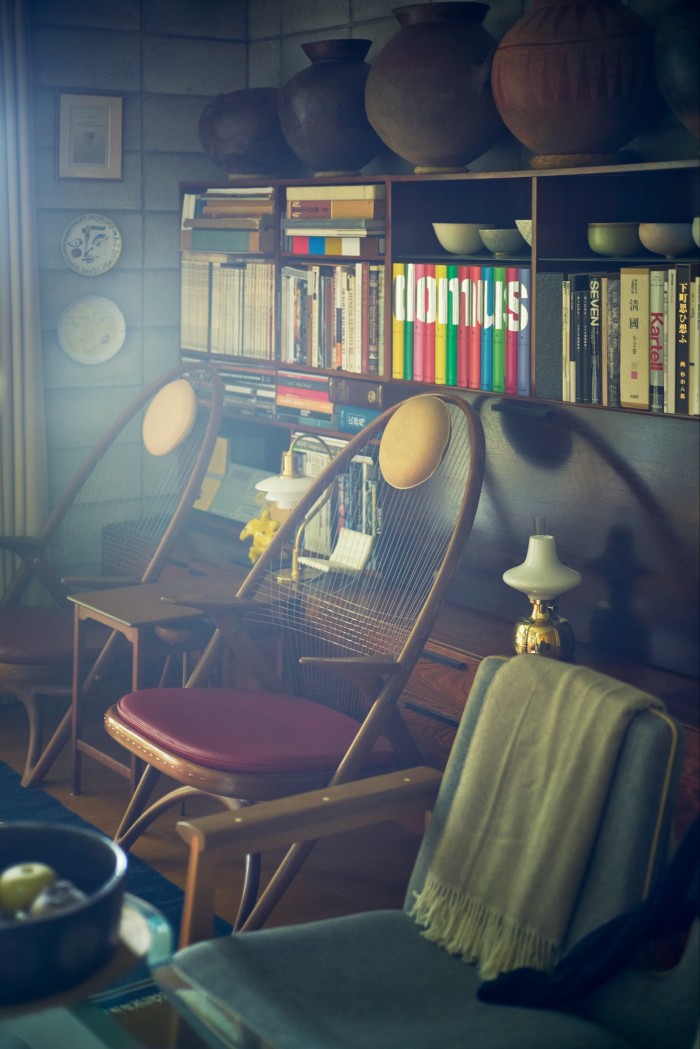

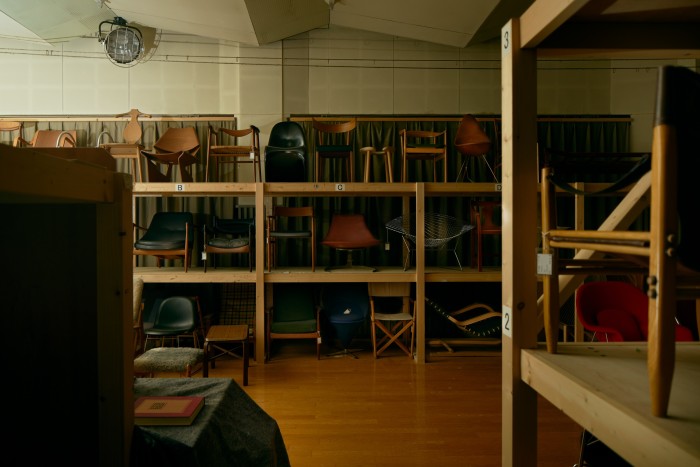
Oda is so attached to his collection that he purpose-designed the house he shares with his wife to accommodate them. “Every detail was created for them,” he says, as he leads me into a low-lit living room where a diverse ensemble of seating is arranged comfortably in the space. Above us is an Artichoke pendant by the Danish lighting manufacturer Louis Poulsen. “I drew the chairs, tables and lighting that I wanted to use in my daily life at 1:100 size so I could see them with the house plan. I started with the axis of the house from the centre of the wall, positioned the doors and the fireplace, the lighting fixtures and then the sofas and furniture were placed in line with that axis.”
The pair live with – rather than simply appreciate – around 50 chairs that fill every room in their 80sq m two-storey home. Another 50 are stashed in a storage room on the ground floor, which are swapped with this “living collection” according to the season or Oda’s mood. Another 1,300 chairs are stored in warehouses in Higashikawa’s town hall and in Asahikawa city – a trove that has caught the eye of a number of major design institutions.
Born in 1946 in Kōchi Prefecture, on the island of Shikoku, Oda graduated from Osaka University of Arts. He is a successful illustrator and graphic designer who began his career in the advertising department of Japan’s department-store chain Takashimaya. That’s where his chair obsession began. He still remembers the day in 1972 when he spotted a 4 Chaise Longue (then known as the LC4) designed by Le Corbusier, Charlotte Perriand and Pierre Jeanneret in 1928. It was a piece he had seen in interior design magazines and felt compelled to purchase despite the ¥300,000 price tag (£4,620 today). To secure it on his modest earnings (¥35,000 a month) he had to take out a loan.
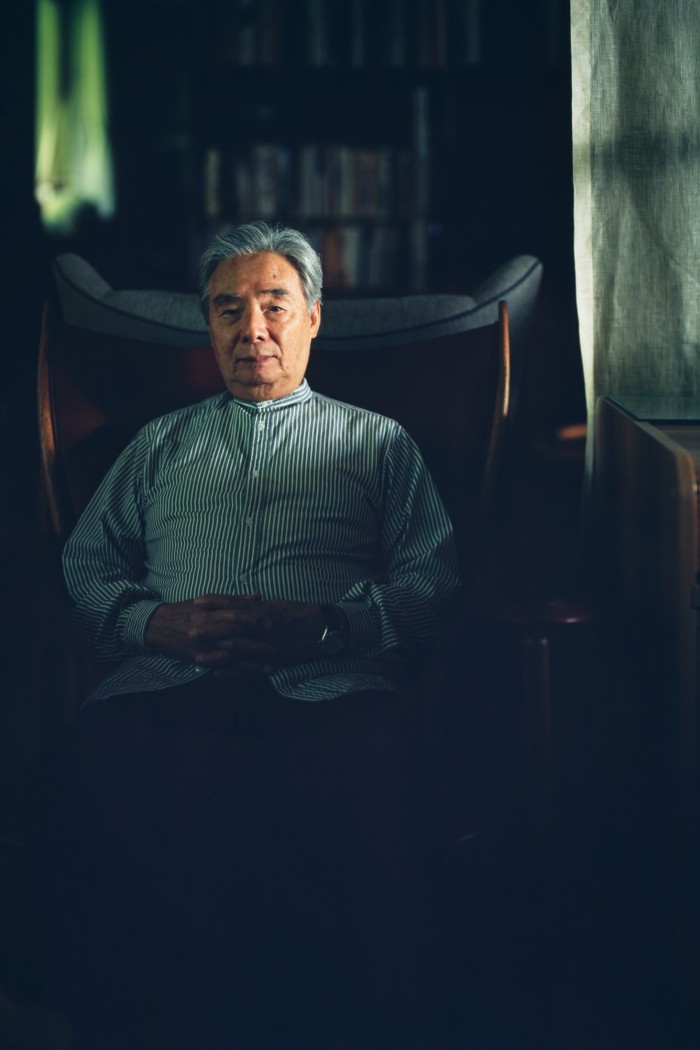
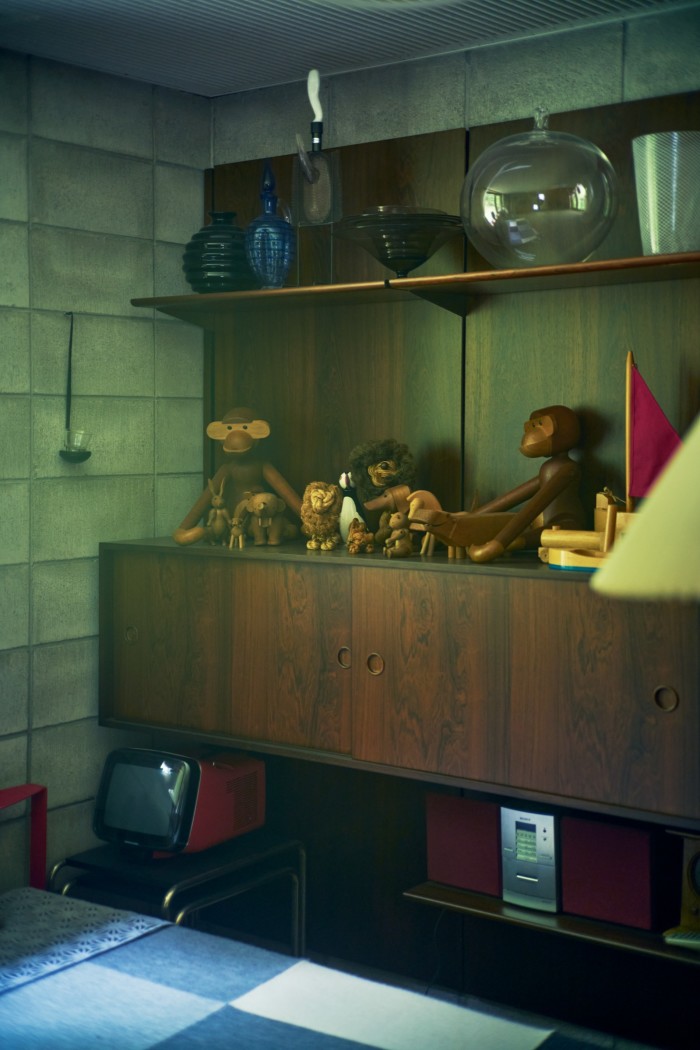
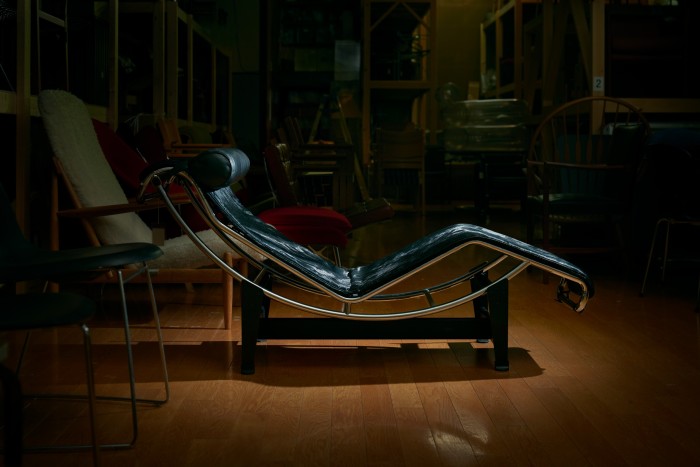
This single moment unleashed a lifelong predilection. Initially, Oda was drawn to design classics, such as Mies van der Rohe and Lilly Reich’s Barcelona chair and the Wassily lounge chair. Possessing them became a status symbol (“The chair symbolised authority to me, as in the word ‘chairman’,” he says), and he devoted much of his time to his new fixation. “I was always out of money. I just worked hard, often until three in the morning, to pay for chairs,” Oda recalls. Later, when he found success as an illustrator, his compulsion escalated. “My illustration work was all done by hand and it paid well,” he says. “I would earn one million yen for one illustration, and all that income turned into chairs.”
It was only when Oda’s collection became too big for his home that he began to re-evaluate his motives. “I bought the chairs because I treasured them, but ended up having to send them off to friends and my parents’ houses for them to use,” he says. “When the collection reached 100 chairs, I began to consider what significance there was in collecting endlessly. It was then I realised that it had no real meaning and began to understand the importance of these pieces as objects of research.”

Oda now photographs each of his pieces, taking time to record specific angles, and collects hand-drawings of the chairs made by the original designers where possible. If none exists, he draws them personally using a German Rotring drafting pen. “They help me to understand the structure. It puts me inside the mind of the designer,” he says. “Research is like trying to fit the missing pieces of a big puzzle called design history.” He is now a published author and considered an expert in design.
There is also a personal aspect to Oda’s work. One of his favourite pieces, the Circle chair by Hans J Wegner, led to many meetings with the Danish designer during his lifetime. “He envisaged it in 1965, but initially the legs and frame were made of steel tube and never went into production. The craftsmen at PP Møbler then developed a technique for bending laminated wood to an industrial level through tireless research,” says Oda, whose interest over the years has turned to more democratic design and items that are more affordable and mass- produced. “In 1986, the design became commercially available in its current wood-frame form. The year after it came into production, Wegner gave it to me as a gift.”
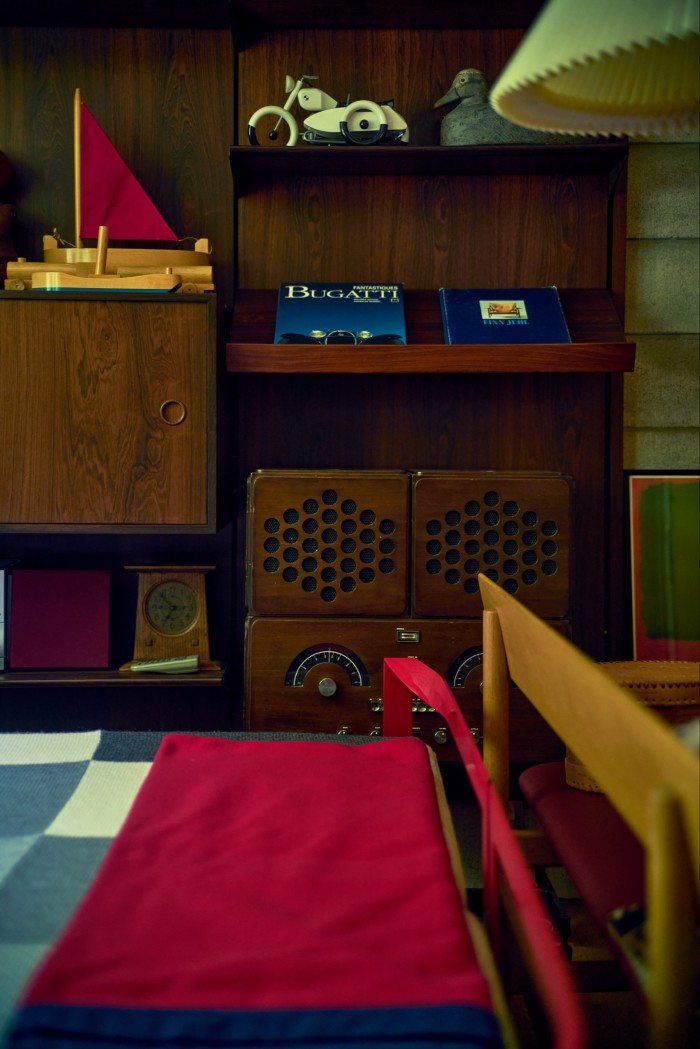
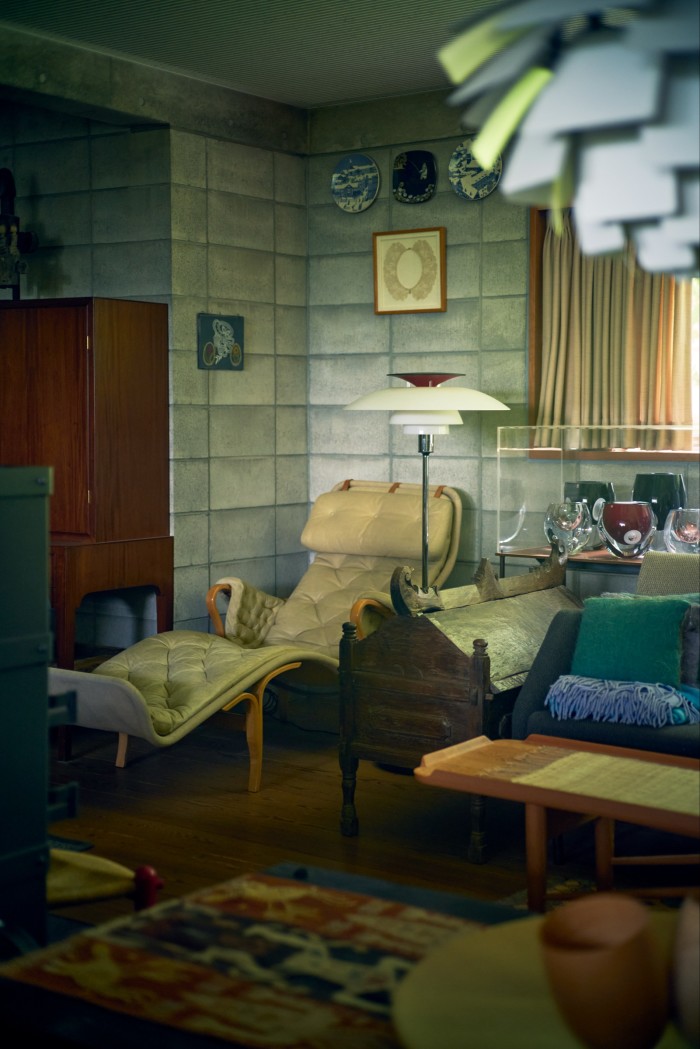
His collection, established single-handedly by one man with his own money, is a rarity in the design world, as Anne-Louise Sommer, the director of the Designmuseum Denmark, attests. “I don’t know of any other collection in Europe or the US that has such a comprehensive range of modern chairs and furniture. It is highly documented academically,” she says.
Oda, who recently turned 78, is keen to place his magnum opus in the hands of another keeper. The Vitra Design Museum and a Korean conglomerate have approached him, but he can’t quite part with it just yet. “My dream from the start was to open a museum in Japan: it’s the only developed country that doesn’t have its own national design museum,” he says.
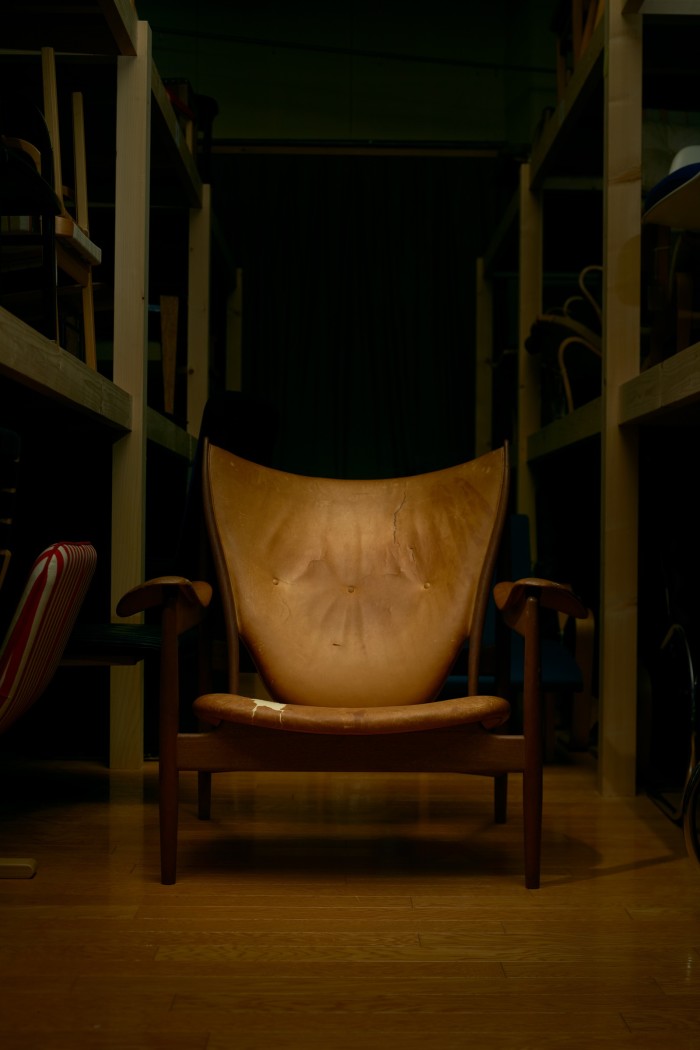
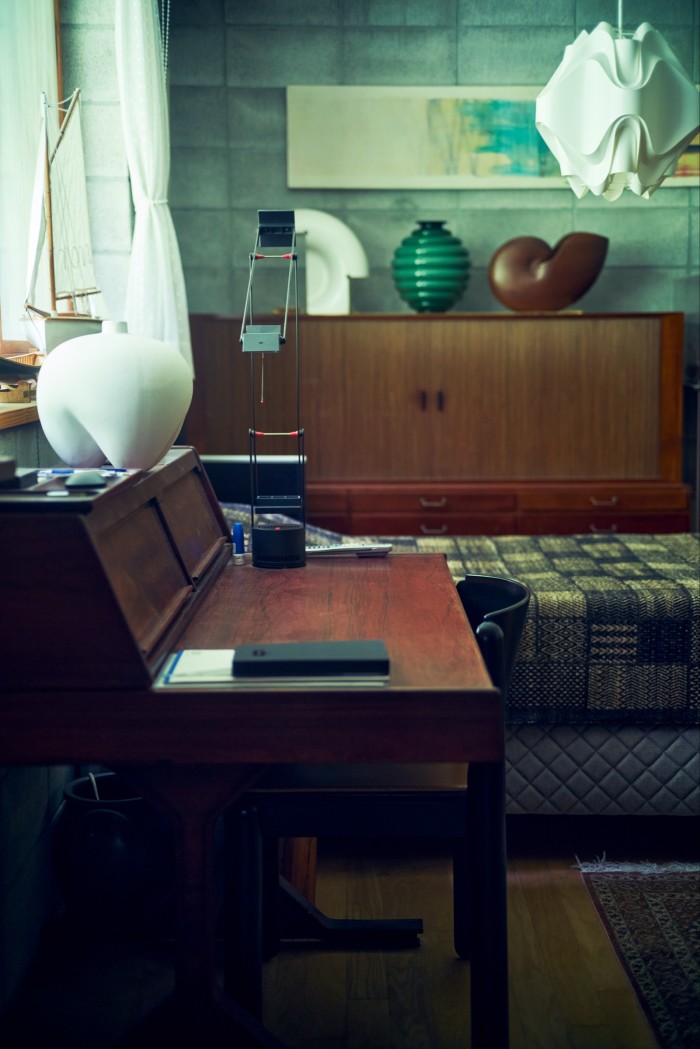
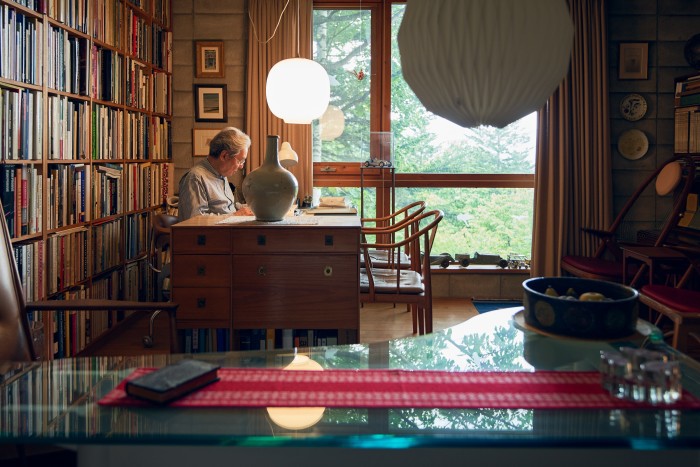
He would like to see a return to craft and preservation traditions. “Japan has become an advanced country, but there has never been a time when the Japanese lifestyle and culture has fallen as low as it has now. Up until 40 years ago, Japanese people treasured objects and took good care of them. I want the younger generation to know that a piece of furniture can be produced for decades without going out of date. My collection is intended as a living museum to be shared.”
What Oda will take with him once relinquishing his life’s work are the people and stories he has encountered. “My chairs will get the spotlight, but what is important are the relationships I have nurtured,” he concludes. “People like Finn Juhl and Hans J Wegner, who welcomed me wholeheartedly without knowing who I am. For me, designers’ ideas and vision are encapsulated in the chair. When I sit in one, I feel their presence.”
higashikawa-bunnkazai-archive.jp/en/oda